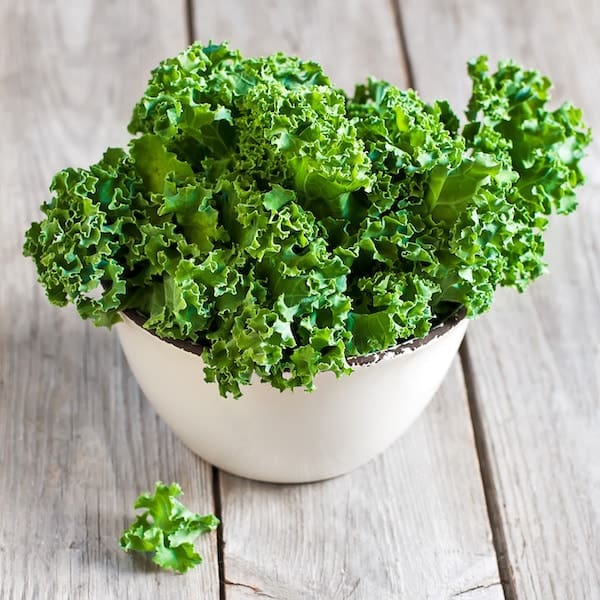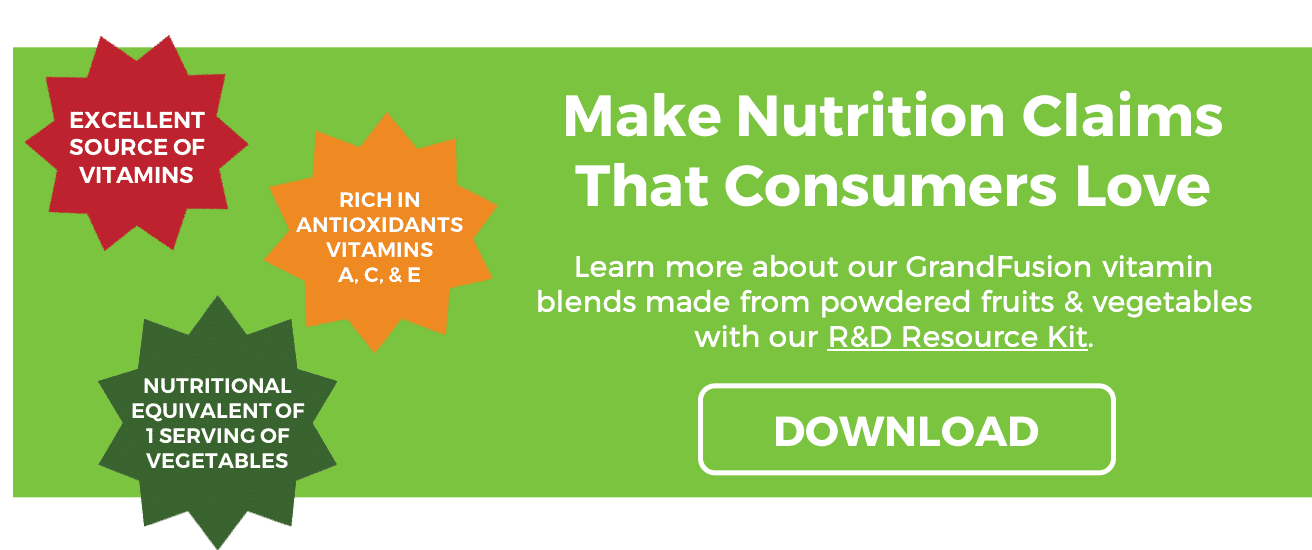Clean Labels: From Trend To Movement
Today’s consumer is more interested in eating fresher and cleaner foods. Industry experts have noticed that many food companies have adopted the movement for cleaner foods. Companies like Campbell’s Soup and PepsiCo have implemented food transparency through clean labeling. There is also a rise in food start-ups applying clean labels with their new products.
Chief Marketing and Innovation Officer, Suzanne Ginestro from Campbell Soup, noted that modern consumers are moving towards cleaner labels, transparency, as well as opting for products that are healthier and have ingredients that are easier to understand. People want transparency on all kinds of products from household cleaning supplies to electronics. Consumers just want to know what is inside the products they are using.
Why Transparency And Clean Labeling?
So why are people so particular about clean labeling and transparency? Becky Frankiewicz from Quaker Foods North America indicated that consumers want to have more choices and this can only be achieved if they know the ingredients of the products they are buying.
While clean labels promote companies to indicate all ingredients on their labels, it does not mean that they should only focus on healthy ingredients yet. Companies have adopted the clean label movement to prove that they care about their consumers and their products. It also enables consumers to make informed decisions about their purchases.
Some food manufacturers still include ingredients that will make their products more palatable and that means using fat and sugar. The clean label is there to educate consumers about the types of ingredients utilized in the product. It is all about giving customers access to different food choices.
Clean Label: Trend or Movement?
What started out as a fad has become a movement that will surely stay. Today, many food startups have found success in introducing healthier foods and beverages to consumers. Large food companies are also capitalizing on the opportunity by introducing healthier product choices to their customers. Executives from large food manufacturing companies noted that the clean label movement had pushed brands to go back to their old business practices.
For instance, the 140-year old company Quaker Foods first started using fresh ingredients and developed ways to package their products so that it is easier for the consumers who live in urban places to enjoy healthy foods—similar to those living on the farm.
From trend to movement, clean labels are here to stay. Brands that focus on delivering healthy food with simple ingredients will win, plain and simple. Don’t be surprised to see more acquisitions of small, successful brands over the next five years as large companies like PepsiCo try to a secure a competitive advantage in this evolving space.
Inspired by fortune.com

 Turmeric is a favorite spice in Asian cuisine. For centuries, it has been used in South Asia as a medicine. Turmeric has a lot of health benefits, and it is known to treat arthritis, acne, heart diseases, and Parkinson’s disease. This particular spice contains high amounts of curcumin—a powerful antioxidant. Curcumin is also a potent anti-inflammatory compound that can relieve different types of inflammation in the body. It can help improve the condition of patients who have diabetes and even cancer.
Turmeric is a favorite spice in Asian cuisine. For centuries, it has been used in South Asia as a medicine. Turmeric has a lot of health benefits, and it is known to treat arthritis, acne, heart diseases, and Parkinson’s disease. This particular spice contains high amounts of curcumin—a powerful antioxidant. Curcumin is also a potent anti-inflammatory compound that can relieve different types of inflammation in the body. It can help improve the condition of patients who have diabetes and even cancer.
 Sensient Natural Ingredients, a company in Turlock in California, manufactures fruit and vegetable powders. They use methods like air, vacuum, and freeze drying. The drying technique employed depends on the types of ingredients used. For instance, air drying is utilized to dry herbs while vacuum drying is used to retain more nutrients from the dried food.
Sensient Natural Ingredients, a company in Turlock in California, manufactures fruit and vegetable powders. They use methods like air, vacuum, and freeze drying. The drying technique employed depends on the types of ingredients used. For instance, air drying is utilized to dry herbs while vacuum drying is used to retain more nutrients from the dried food. Over the next ten years, we will see a lot of fruits and vegetables turned into powder for nutrition, flavor, and texture in our packaged foods. One of the reasons why this trend will continue to flourish is because of the convenience. Whole food powders like NutriFusion tend to last for a long time without losing their nutritional value. They can be used in augmenting the nutrient content of the food that you are cooking or can be utilized as emergency food.
Over the next ten years, we will see a lot of fruits and vegetables turned into powder for nutrition, flavor, and texture in our packaged foods. One of the reasons why this trend will continue to flourish is because of the convenience. Whole food powders like NutriFusion tend to last for a long time without losing their nutritional value. They can be used in augmenting the nutrient content of the food that you are cooking or can be utilized as emergency food.

